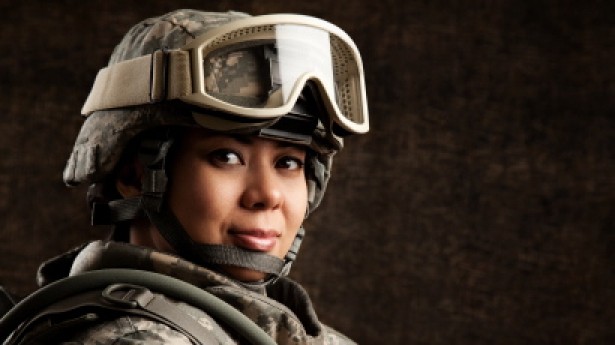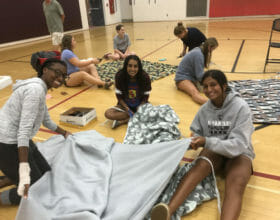Flickr
The debate over women serving in the U.S. military, particularly in combat roles, has long been contentious. While many argue that women have proven their capability to meet the demands of these positions, others believe that their inclusion could potentially disrupt military effectiveness. At its core, this debate speaks to larger societal questions about equality, merit, and the role of tradition within institutions like the armed forces.
Since all combat roles were officially opened to women in 2013, thousands have stepped into positions once exclusively held by men, from frontline infantry units to elite forces like the Green Berets. These women have demonstrated exceptional discipline and resilience, challenging stereotypes about who is fit for combat. Roughly 3,800 women currently serve in frontline Army positions. Advocates for their inclusion argue that diversity strengthens the military by reflecting the society it serves. As former Air Force Chief of Staff Gen. C.Q. Brown Jr. noted, what matters most on the battlefield isn’t gender or race—it’s the ability to complete the mission. Women in combat roles have shown they can do just that.
Still, concerns linger. Some critics argue that the push to integrate women into combat roles risks compromising military effectiveness. Newly appointed Defense Secretary Pete Hegseth has voiced concerns that the military’s emphasis on diversity could overshadow its primary focus: mission readiness. Critics often highlight physical differences, expressing concerns that even minor adjustments to combat standards could impact overall performance. Some also raise questions about the dynamics of mixed-gender units in high-pressure situations and suggest that interpersonal challenges might disrupt focus.
There are also practical considerations shaping this debate. With recruitment challenges growing and with branches like the Army struggling to meet their targets, supporters of gender integration argue that opening more opportunities for women widens the talent pool while promoting equality. A more inclusive approach could attract top-tier recruits and strengthen the connection between the armed forces and the diverse population it serves. On the other hand, critics warn that while creating opportunities is valuable, it should never come at the expense of the high standards that define the US military as a world-class fighting force.
The question isn’t whether women should serve in combat roles but how to ensure their integration is handled well. Excluding women from these roles would not only disregard their capabilities but also send us backward with a message about equality in one of the nation’s most respected institutions. Also, the military must maintain its high standards, ensuring that every soldier—male or female—is prepared to face the physical and mental demands of combat.
As the new Defense Secretary addresses this issue, he must strike a balance between being inclusive and maintaining top-level skills. By embracing diversity without compromising excellence, the military can continue to grow and remain a respected force.








